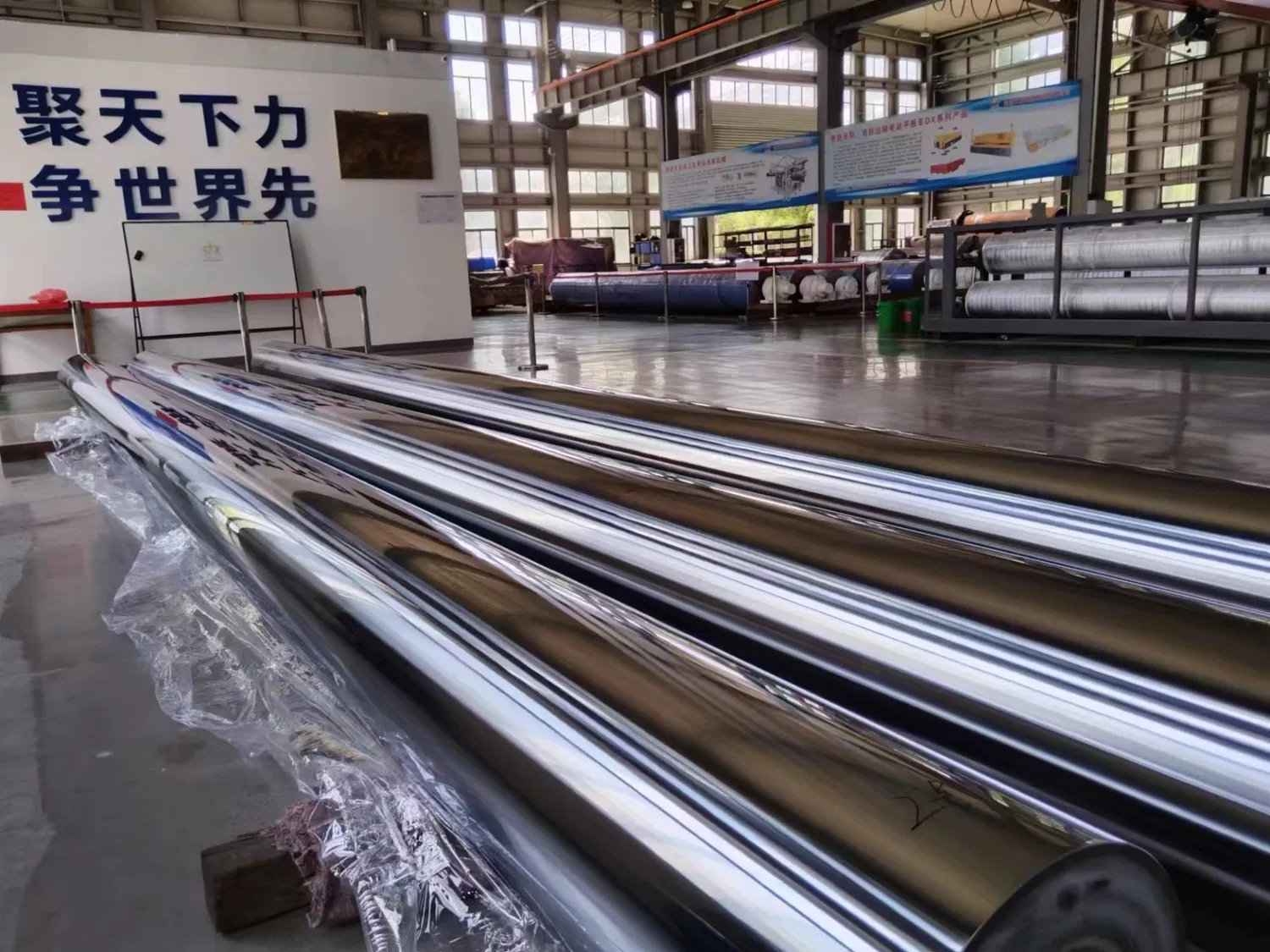Understanding Paper Machine Rolls
Paper machine rolls play a crucial role in the paper manufacturing process, contributing to the production of high-quality paper products. They come in different sizes and shapes, each with a unique function in the paper-making process. The primary types of paper machine rolls include press rolls, dryer rolls, calendar rolls, guide rolls, and suction rolls.
Press Rolls: Enhancing Paper Quality
Press rolls are responsible for removing water from the paper web and enhancing its density, smoothness, and printability. They work in pairs, with one roll being a smooth hard roll and the other a fabric-covered soft roll. The fabric-covered roll applies pressure to the paper web, expelling water and improving the paper's surface properties.
Dryer Rolls: Vital for Moisture Removal
Dryer rolls, also known as Yankee dryer rolls, are large, heavy rolls that remove the remaining moisture from the paper web using heat and pressure. These rolls are typically made of cast iron or steel and can reach temperatures of up to 300°C (572°F). Dryer rolls contribute significantly to the efficiency and cost-effectiveness of the paper manufacturing process.
Types of Dryer Rolls
- Steel dryer rolls
- Cast iron dryer rolls
- Shell-and-tube dryer rolls
Calendar Rolls: Achieving a Glossy Finish
Calendar rolls are used to impart a specific finish to the paper, such as smoothness or gloss. They consist of a series of rolls, with the paper passing through the nips between them. The pressure applied by the calendar rolls determines the final finish of the paper. Calendar rolls are essential for producing specialty papers, such as glossy magazine paper or smooth writing paper.
Guide Rolls and Suction Rolls: Ensuring Proper Paper Web Control
Guide rolls and suction rolls are responsible for maintaining proper paper web control during the manufacturing process. Guide rolls help steer and support the paper web, while suction rolls use vacuum pressure to hold the paper in place and facilitate water removal. Both types of rolls contribute to the stability and efficiency of the paper manufacturing process.
Common Applications of Paper Machine Rolls
- Newsprint production
- Tissue paper manufacturing
- Packaging materials production
- Specialty paper production
In conclusion, understanding the different types and uses of paper machine rolls is essential for optimizing the paper manufacturing process and producing high-quality paper products. Whether it's press rolls enhancing paper density or dryer rolls removing moisture, each roll plays a vital role in shaping the final product.



